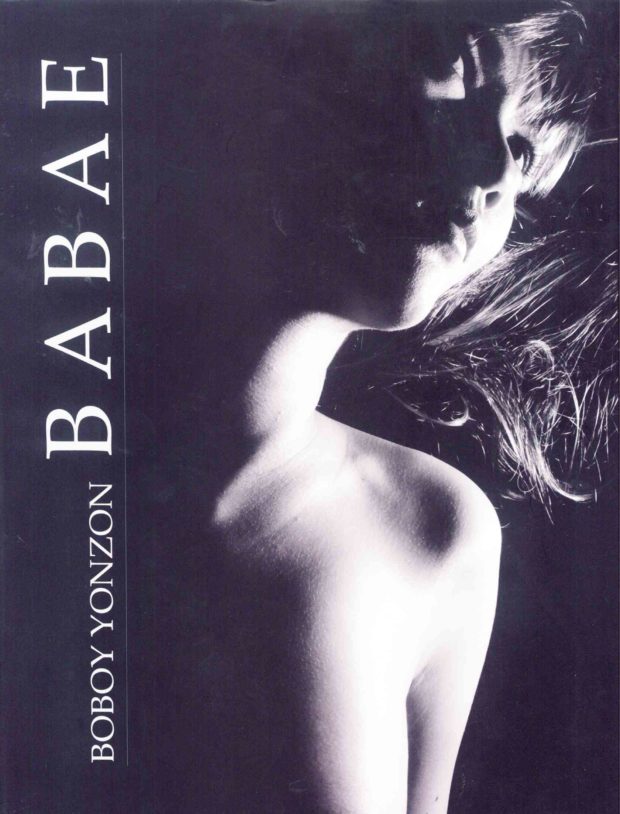
The secret of photographing the female nude is not getting a woman to take her clothes off; it’s getting her to reveal herself after she does.
Even when fully unclothed, a woman can still conceal herself behind a mask: of indifference, of pretense, of emotional unavailability.
Only when she chooses to take the mask off can the essential human connection between photographer and subject be made, and a woman stand revealed as she truly is.
Glamour photographers working with professional models usually settle for an illusion of true nakedness, because the real thing is not easy to achieve.
It takes trust, and it takes two to make a picture—the woman to open herself fully to the experience, and the photographer to recognize the moment when she does, and release the shutter.
Portraits
The portraits of women—clothed and unclothed—in Boboy Yonzon’s “Babae” show that the graphic designer, publisher and communications specialist has mastered this subtle art.
“There is an ease in the Yonzon portrait nudes as it reveals an established caring, guarded rapport with his sitters,” writes fellow photographer Wig Tysmans—who ought to know, having photographed the female nude extensively himself—in his dustjacket review.
“To disrobe for Yonzon is a show of a woman’s strength of character and confidence, it is fully trusting the photographer to bring out the best of her.”
Yonzon took the photographs of 30 of his women friends, aged 16 to 61, intermittently over a period of 10 years. Only one was a professional model. A few photographs date back to this college days at the University of the Philippines College of Fine Arts.
“I am in debt to these women for reposing their confidence in me while they bravely explored frontiers beyond their daily comfort zones, especially when they asked themselves, more than they did me, how much flesh they must expose,” writes Yonzon in his introduction.
Level of connectivity
“At times we had to seek a level of connectivity as sought for in this kind of engagement. They had to overcome surges of trepidation, self-doubt, and even fear. Happily, the discovery process went both ways. I am essentially a hobbyist so the sessions gave me valuable lessons on the craft, even insights on the distaff side. I assume the ladies learned something new, if not wondrous, about themselves.”
As cinematographer and photographer Roberto “Boy” Yñiguez noted in his review:
“To photograph a nude female friend, especially someone who is not used to baring in public, is an expression of the depth of mutual affection between subject and photographer— allowing exposure of the intimacies for the camera and the subsequent appreciation of the viewer.”
Some may find a few of the images that play with ideas of bondage and domestic violence objectionable, on the grounds that they reinforce stereotypes of female submissiveness.
On the other hand, the dominant tone is of female empowerment through the affirmation of their own sexuality.
Much has been written about the so-called “male gaze” and how it typically objectifies and sexualizes women.
In many of Yonzon’s photographs, the women gaze back at us through the camera—defiantly, curiously, provocatively—as if to say: “This is me, stretchmarks and all. Deal with it!”
Boboy Yonzon’s “Babae” is available at the Solidaridad Bookshop, 531 Padre Faura St., Ermita, Manila.